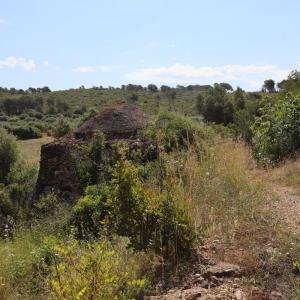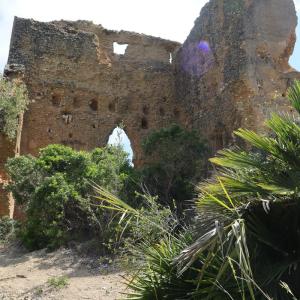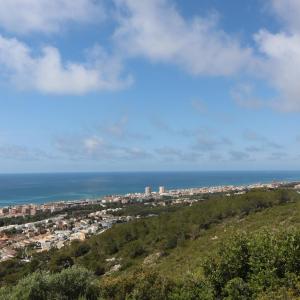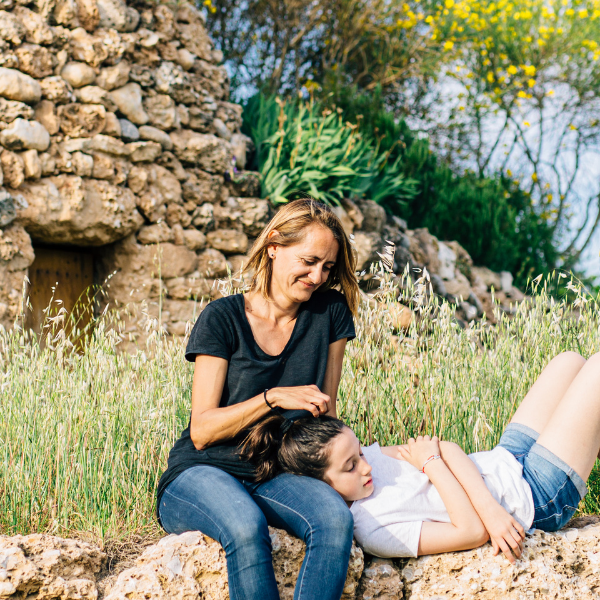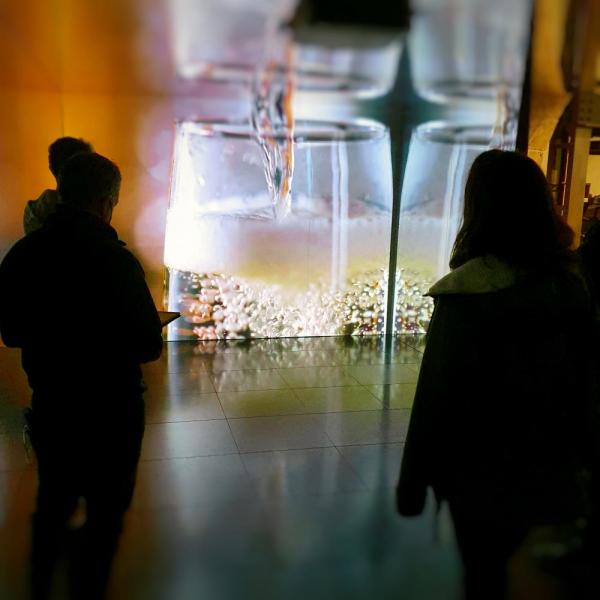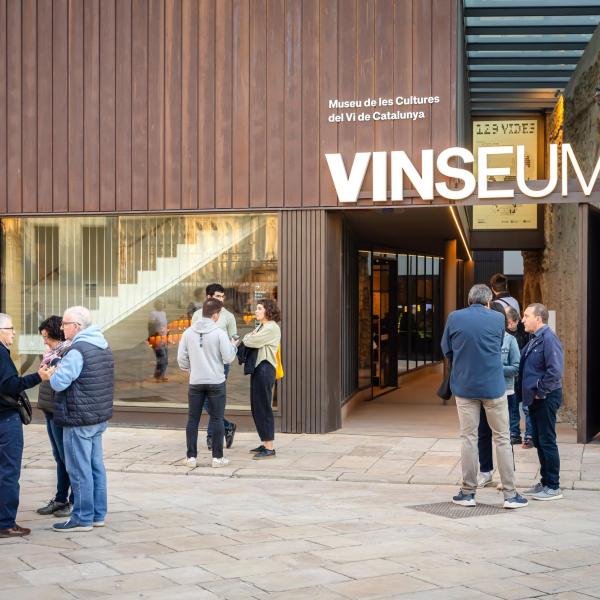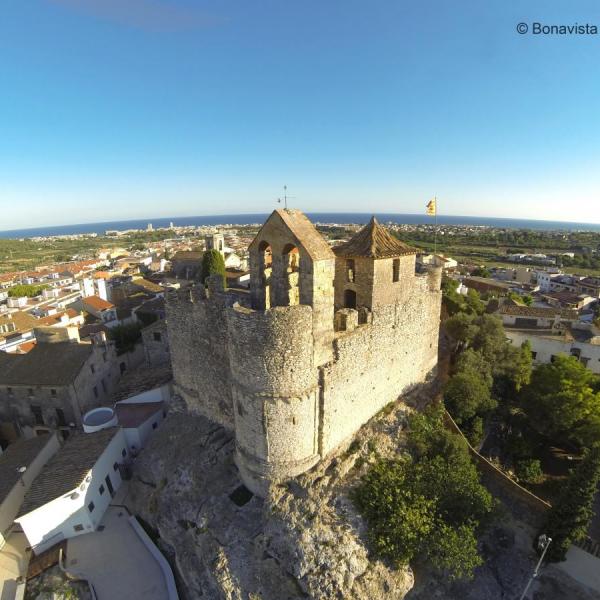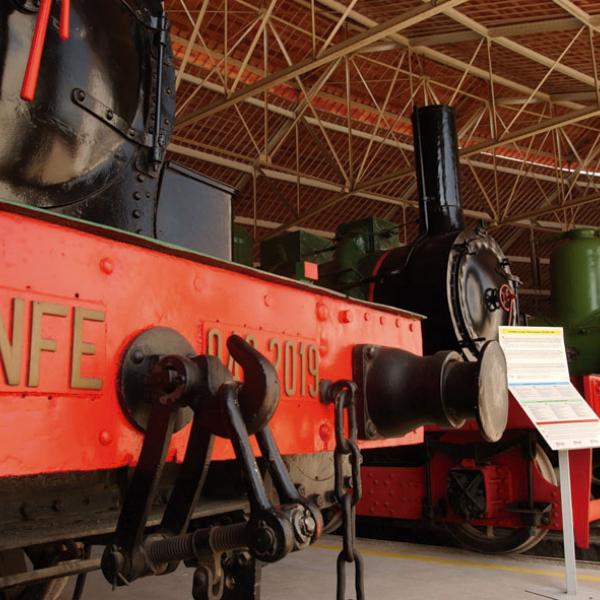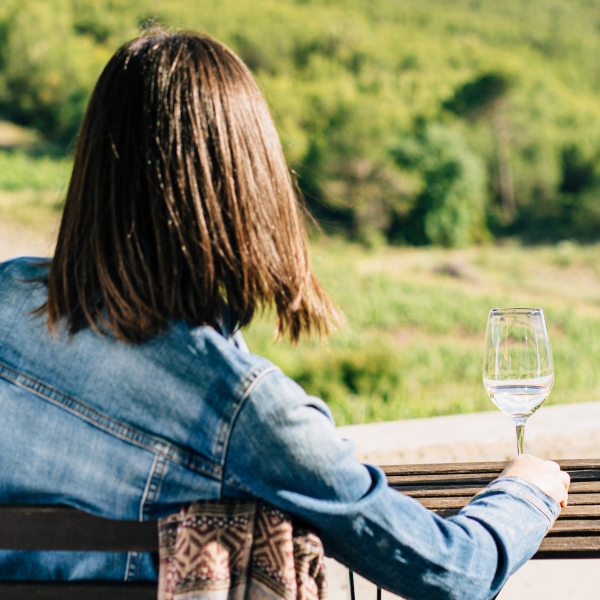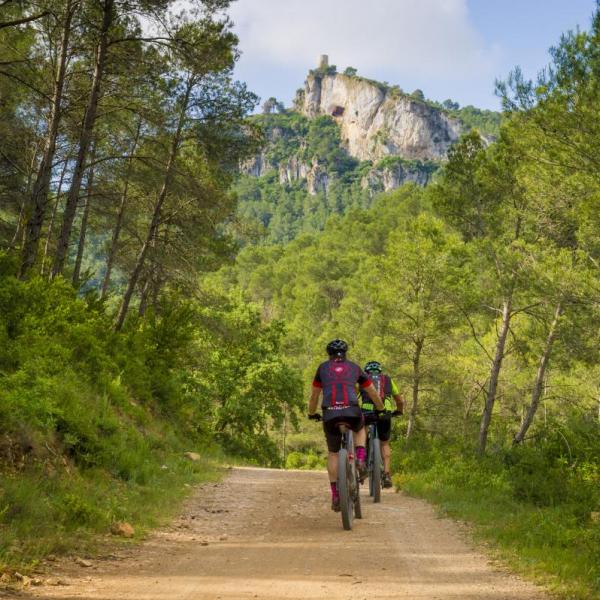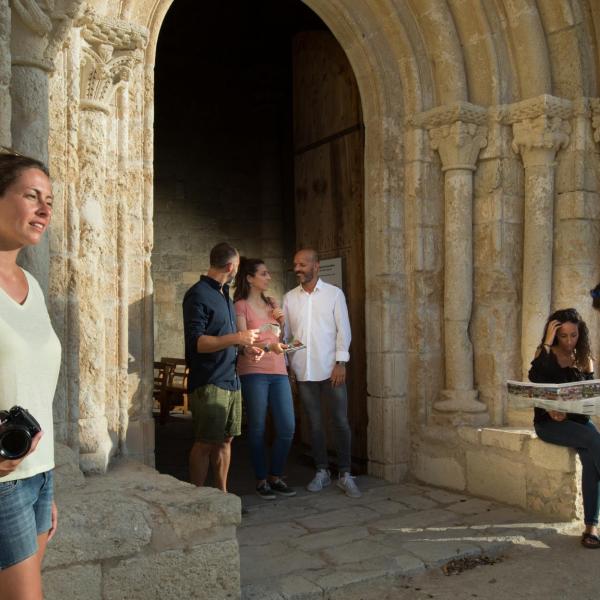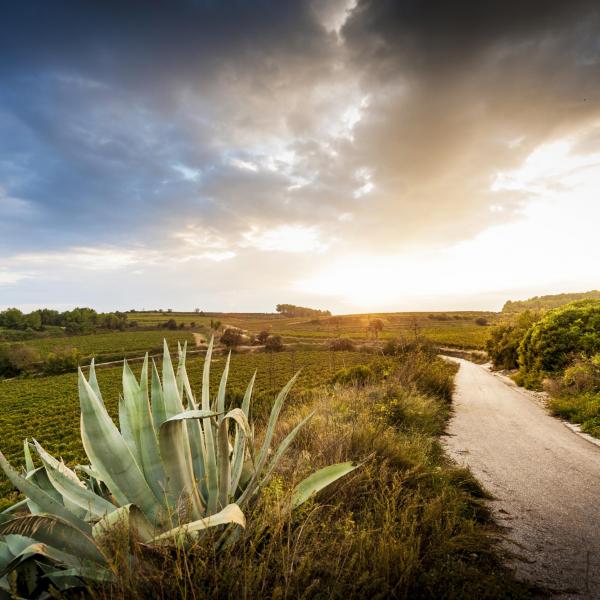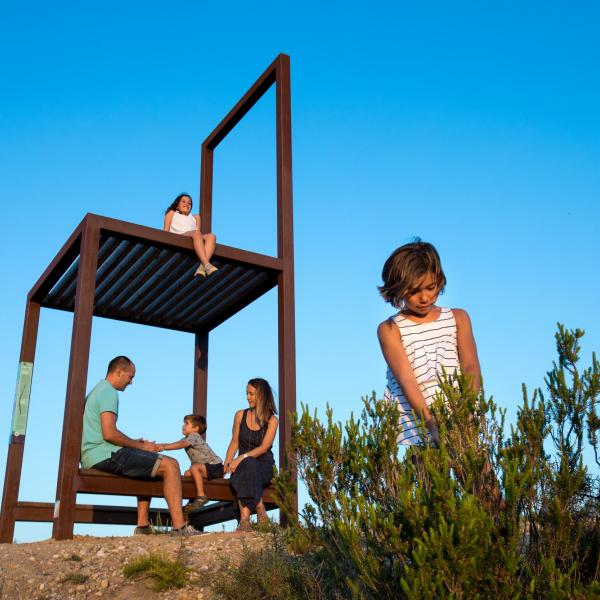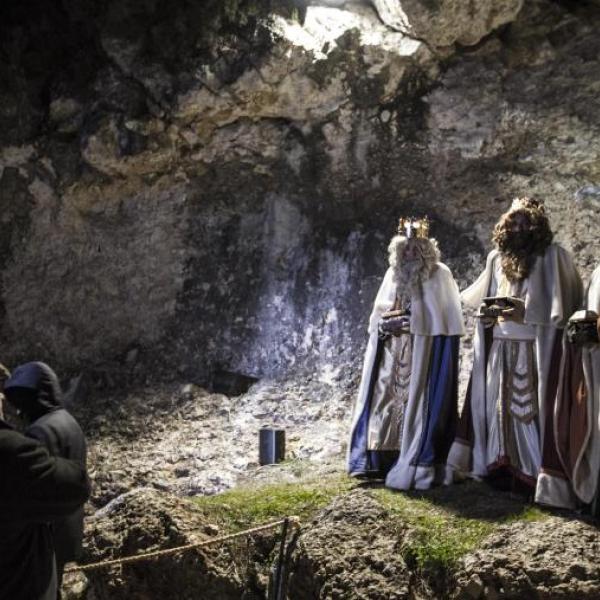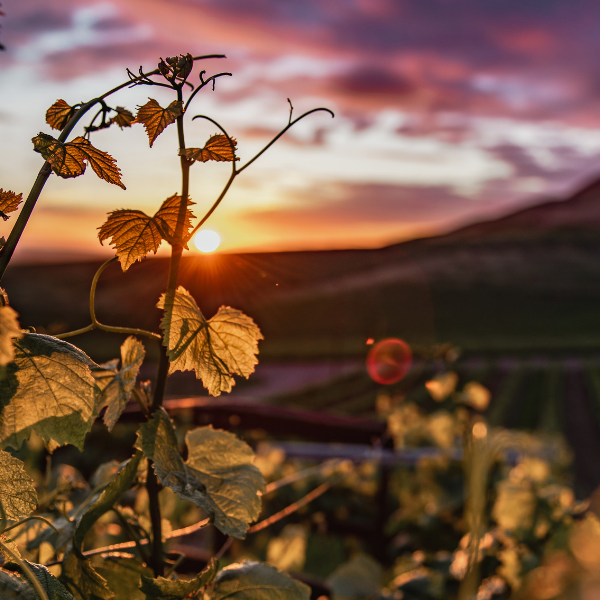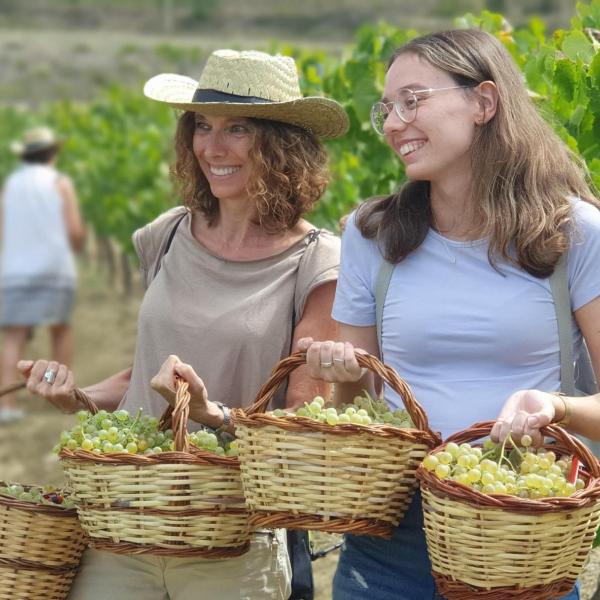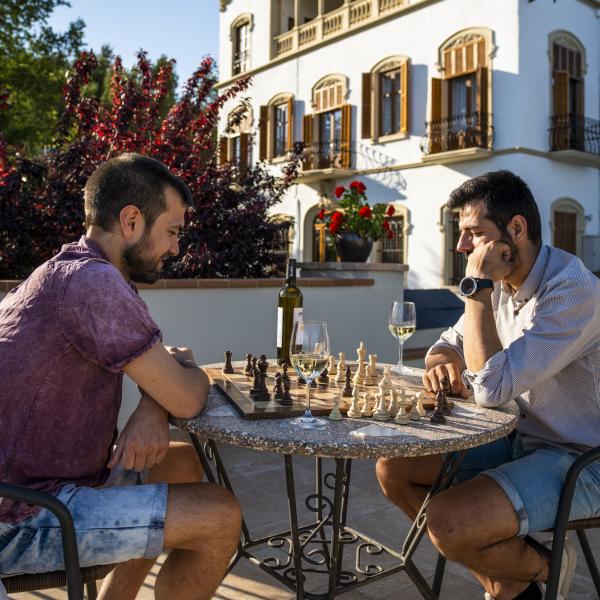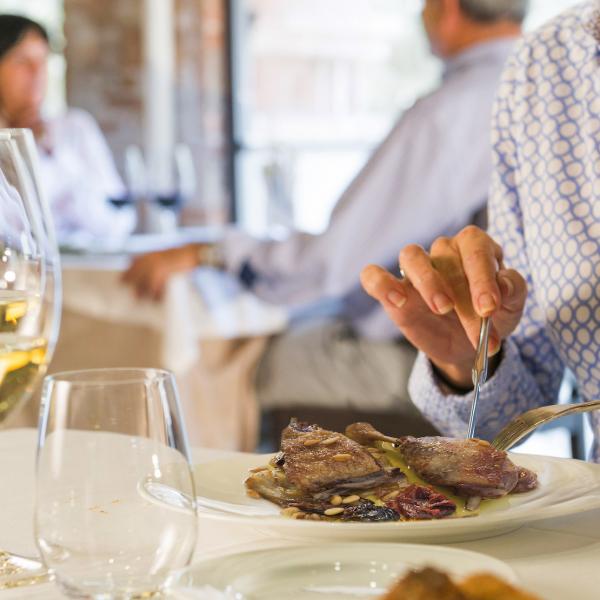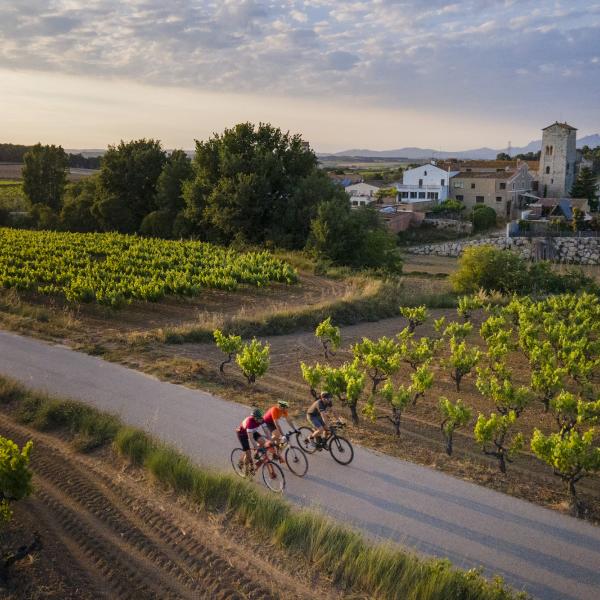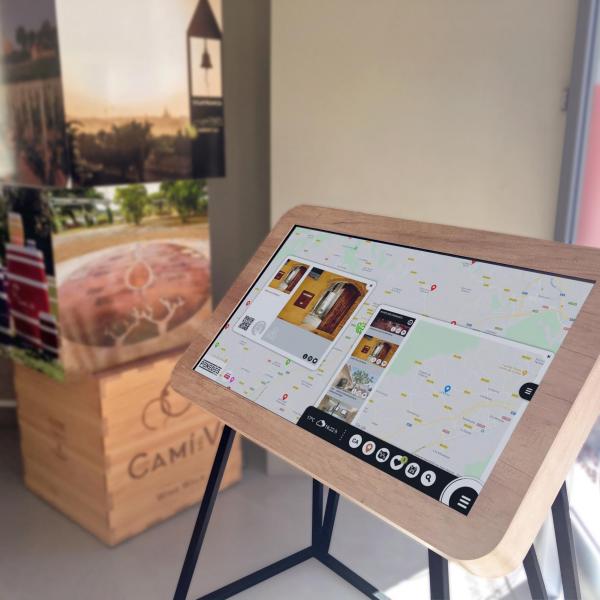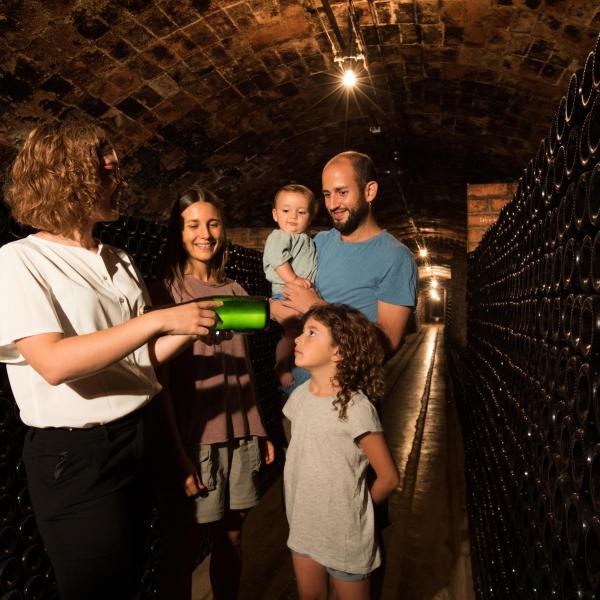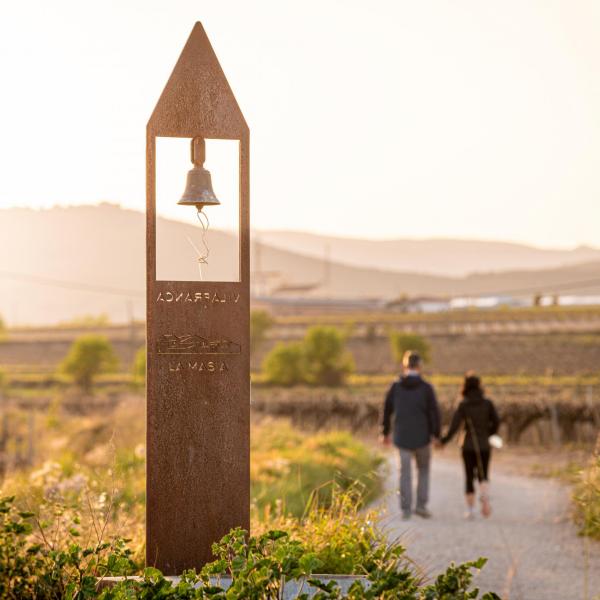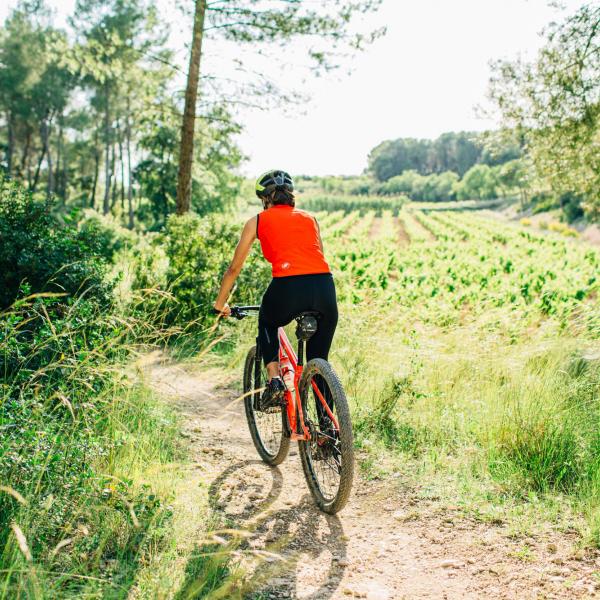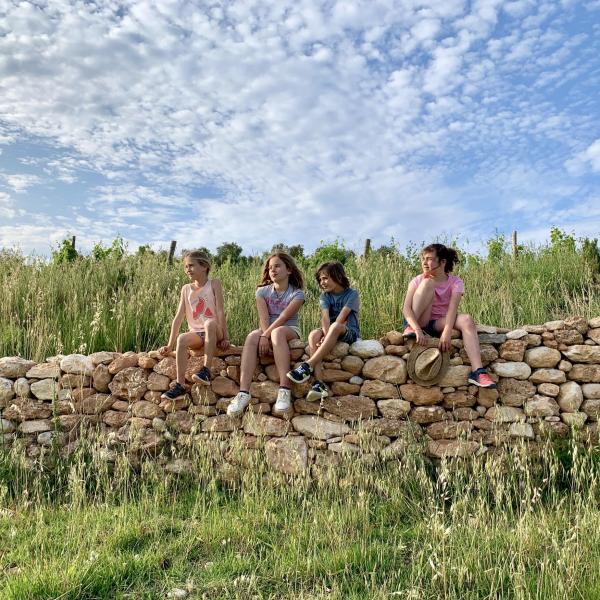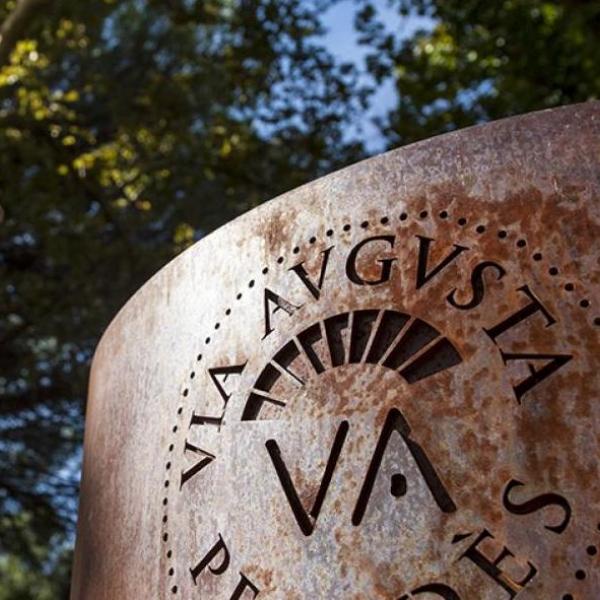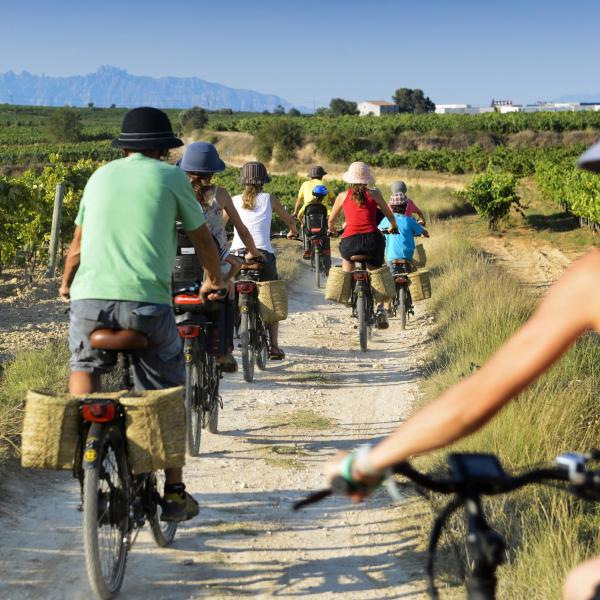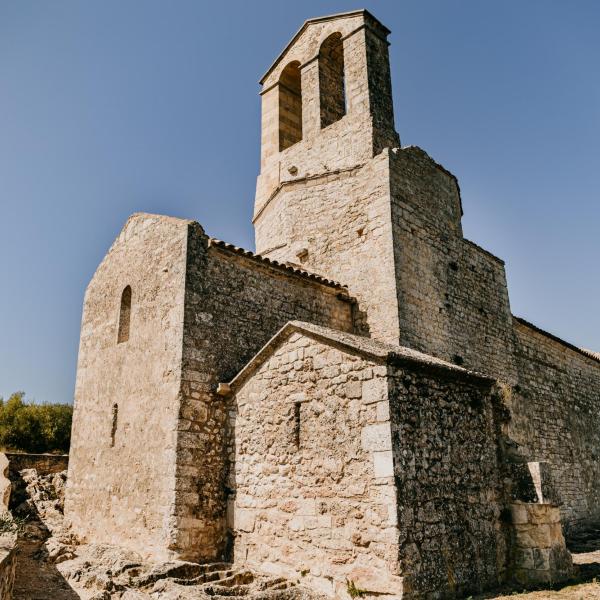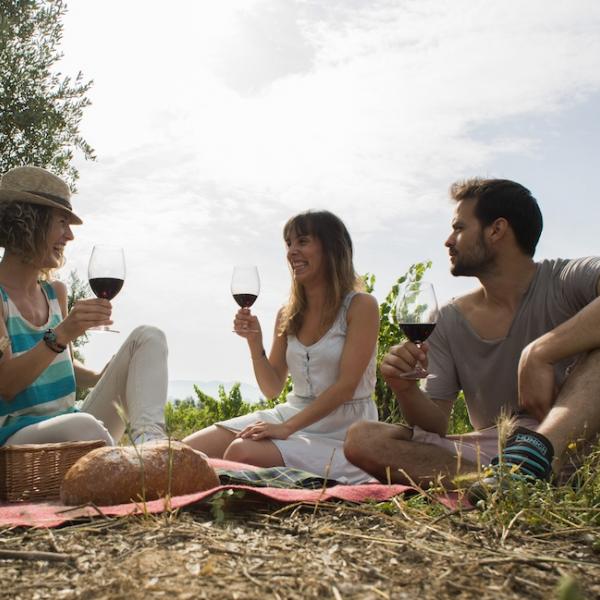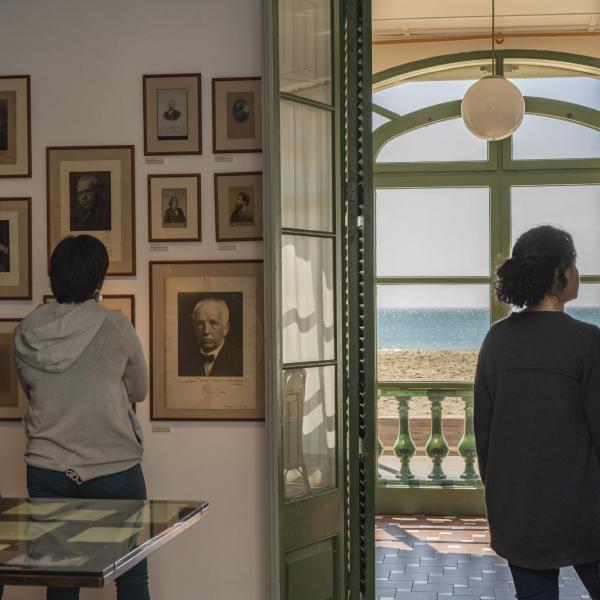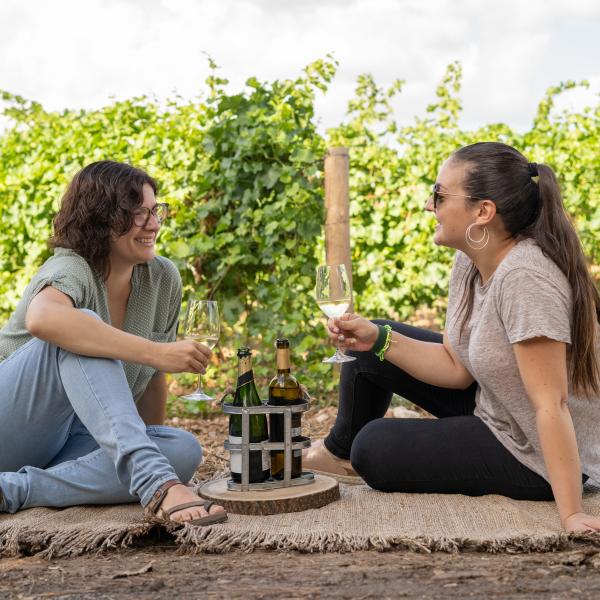Dry stone route in Calafell
The Dry Stone in Calafell
In Calafell, the Dry Stone assets are located in the interior of the municipality, away from the coast. Even passing through Mas Mel. Although there are few Dry Stone elements in this itinerary, they are still very interesting to discover.
Dry Stone route in Calafell
This short 2.24 km route begins in Calç Bolavà and goes in a single direction towards the Calafell Watchtower. It is considered a moderate level route due to the great positive slope of 105 m high that is at the end of the route to be able to climb the Talaia. Along the way, the Dry Stone features are located on the path of Mes d’en Vives, where the Dry Stone Wall is located, rebuilt by the Friends of the Heritage of Calafell and the “Barraca de Pedra Seca”. After climbing the 15th century watchtower, you can return along the same route or go down towards Calafell beach.
Places of interest
Dry Stone Wall of Mes d'en Vives
As part of the elements of ethnological interest, the Friends of Heritage managed to rebuild this wall that was in a state of decomposition previously. Their objective is to defend, propagate, protect and conserve the assets of the natural, historical, archaeological, artistic and cultural heritage. All this is demonstrated by the restoration of this element that is currently preserved in good condition.
Dry Stone Barrack of Mes d'en Vives
Located simultaneously alongside the torrent of Montpaó and attached to the vineyards, here exists this dry stone barrack. It has a rectangular and smooth door, pointing south. The roof is about 1.5 m high and has a foundation mortar layer. The environment around the building was paved in contemporary times.
The Talaia
As its name suggests in catalan, it is a 15th century watchtower that maintained its use until the 18th century. It is declared a cultural asset of national interest. It is 5 x 6.90 metres high. It was built with stones bound with calcium mortar and sand.


